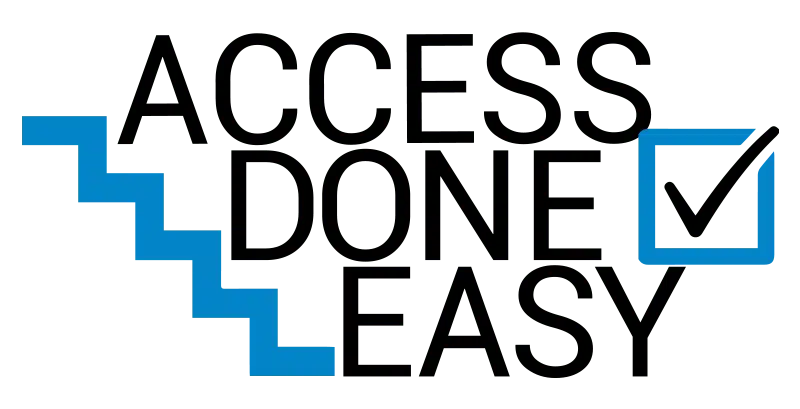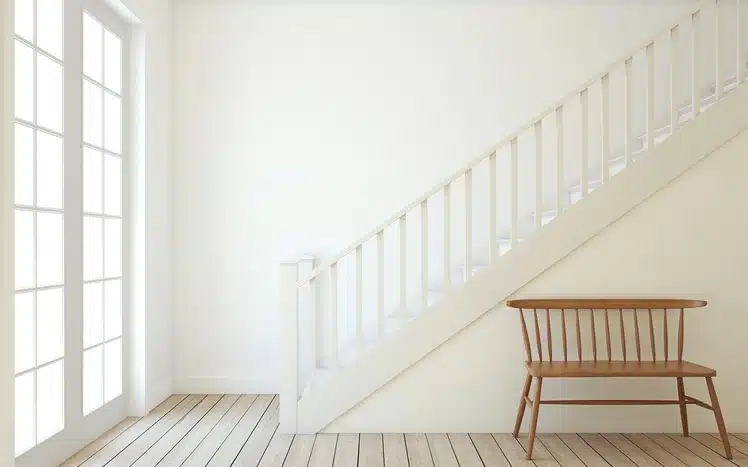Instructions According to ehow.com:
- Locate companies that sell stair lifts. Find a lift you like and ask for information about it. Ask about payment plans. Also ask about used, refurbished or display units, which may be offered at a discount.
- Call your health insurance provider. Some policies are written to include medical equipment such as stair lifts. Ask about a rider, or additional coverage if your policy doesn’t include stair lifts.
- Call the Area Agency on Aging. Most communities with medium to large populations have one of these agencies. The AAA may have programs or grants you can apply for to help fund the installation of a stair lift.
- Look up federal programs for home renovations. Contact the Federal Housing Administration (FHA), which has programs under Title 1 and Section 203(k) to help with home modification. This information can be found through the Housing and Urban Development (HUD) office. Check also with the Department of Housing and Community Development about block grants, which exist to help maintain and upgrade homes. Contact the Rural Housing Services about its grants and loans programs under the USDA (Department of Agriculture). This agency’s 502 Home Ownership Loans cover rehabilitation, repair and improving rural homes for low-income elderly people.
- Look into state programs for the disabled. There are State Assistance Technology Programs that can be used for people with disabilities and their families. These state agencies also have grants and loans available.
- Ask at your local bank or credit union about home repair or improvement loans. Installing a stair lift can qualify for a small loan. This should be your last resort if you find that you don’t qualify for any of the above programs.
Tips & Warnings
If you can afford to install the stair lift, you can deduct part of the cost on your taxes.
Neither Medicaid nor Medicare covers stair lifts.



